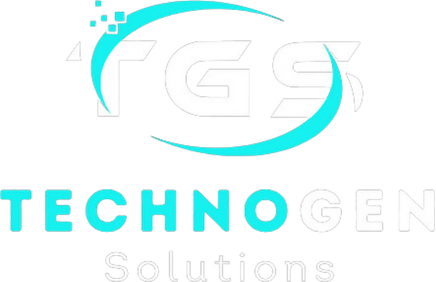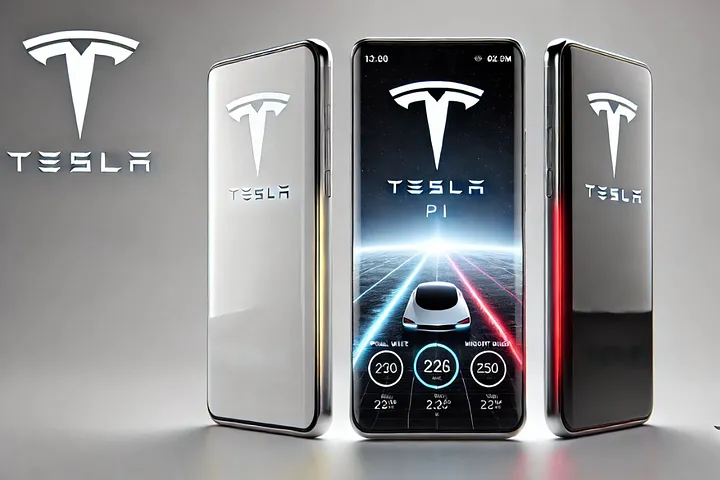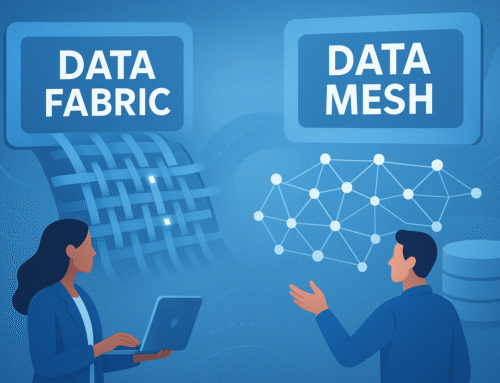The rumor mill around Tesla’s potential smartphone—sometimes dubbed the Tesla Model Pi Phone—has been buzzing with excitement. Tesla, known for its groundbreaking advancements in electric vehicles, solar energy, and even space exploration through SpaceX, could be bringing that innovation to the mobile world. Two rumored features of this Tesla phone stand out: solar charging capabilities and seamless Starlink integration. But what’s the truth behind these rumors? Is Tesla really working on a game-changing smartphone?
What is the Tesla Phone?
Overview of the Tesla Model Pi Concept
The supposed Tesla smartphone—often referred to as the Tesla Model Pi or Pi Phone—is rumored to incorporate some of Tesla’s most impressive technological advancements. The concept of this phone revolves around sustainability, connectivity, and innovation, which aligns with Tesla’s mission. But while fans speculate, Tesla has remained tight-lipped about any concrete plans.
The Idea of Solar Charging: A Game-Changer?
How Could Solar Charging Work on a Tesla Phone?
One of the most tantalizing features rumored for the Tesla phone is solar charging. Solar energy aligns well with Tesla’s sustainable vision, as seen in their Solar Roofs and Powerwall products. The idea is that a Tesla phone could be equipped with solar cells on the back, allowing it to charge when exposed to sunlight, potentially providing power in situations where traditional charging is unavailable.
While solar charging sounds appealing, the technology required to make it feasible for a smartphone is still developing. Typical solar panels on a phone would likely only be capable of powering a small fraction of the device’s needs, especially given the energy demands of modern smartphones. Nevertheless, Tesla’s expertise in solar technology could mean a Tesla phone may lead the way toward making this feature more practical.
Challenges of Implementing Solar Charging
Despite the excitement, there are significant technical hurdles in making solar charging functional for a phone:
- Limited Surface Area: Smartphones have limited space for solar panels, so achieving a meaningful charge would require innovative design.
- Charging Speed: Solar charging on a small scale tends to be slow. To provide a full charge using sunlight could take hours or even days.
- Battery Efficiency: Efficient solar charging would require a highly optimized battery system, which Tesla is known to excel at in its electric vehicles.
The limitations suggest that, at least for now, solar charging on a phone might be more of a secondary feature rather than the main power source. However, for a company like Tesla, integrating even minimal solar capabilities could set a new standard in smartphone sustainability.
Starlink Connectivity: The Future of Satellite-Connected Smartphones?
What is Starlink?
Starlink, the satellite internet service provided by SpaceX, offers high-speed internet through a network of satellites orbiting Earth. Tesla’s CEO, Elon Musk, also heads SpaceX, leading to speculation that a Tesla phone would naturally include Starlink connectivity. The idea of global, high-speed internet connectivity from space is an exciting proposition for users who live in remote or underserved areas.
Benefits of a Starlink-Enabled Tesla Phone
Integrating Starlink with a Tesla phone could allow users to stay connected anywhere on the planet, regardless of traditional cellular networks. This capability could provide:
- Reliable Internet in Remote Areas: Areas with poor cellular coverage would benefit significantly.
- Emergency Connectivity: In situations where cellular networks fail, satellite connectivity could be a lifesaver.
- Higher Speed and Lower Latency: Starlink is known for its low latency compared to traditional satellite internet, offering a better experience for high-speed activities like video streaming and gaming.
Challenges and Feasibility of Starlink on a Mobile Device
However, incorporating Starlink into a smartphone faces several technical challenges:
- Antenna Size: Traditional Starlink antennas are large. Compacting this technology for a phone without compromising quality or performance remains a challenge.
- Battery Drain: Connecting to satellites could be energy-intensive, potentially draining the battery faster than a standard smartphone.
- Cost Implications: Integrating satellite connectivity might raise the cost of the phone significantly, potentially limiting its market appeal.
Currently, Starlink works with terminals that are too large for a standard smartphone. But with technological advancements, it’s possible that a future Tesla phone could incorporate a smaller version of this system, allowing for satellite connectivity.
Potential Features Beyond Solar Charging and Starlink
Tesla Ecosystem Integration
A Tesla phone could seamlessly integrate with other Tesla products, providing a centralized control hub for all Tesla technologies, including:
- Vehicle Control: Unlocking, starting, and monitoring a Tesla vehicle could be managed through the Tesla phone.
- Smart Home Integration: With Tesla’s solar and energy products, the phone could serve as a controller for Powerwall, Solar Roof, and even smart home functions.
- Biometric Security and AI: Rumors suggest that the phone could feature advanced biometric security, such as facial recognition or even fingerprint sensors embedded in the display.
Augmented Reality (AR) Capabilities
Tesla’s innovation in the tech industry may extend to augmented reality (AR). With Elon Musk’s interest in advancing human-technology interaction, a Tesla phone could potentially support AR functionalities for enhanced navigation, gaming, or remote assistance. This feature would align well with Tesla’s goal to transform user experience through advanced tech solutions.
Design and Build: What Could a Tesla Phone Look Like?
Speculative Design Elements of a Tesla Phone
While the design remains speculative, several features would align with Tesla’s aesthetic:
- Minimalistic and Futuristic Design: Expect a sleek, industrial look with high-quality materials.
- Durability: Given Tesla’s commitment to high-quality materials, the phone would likely feature advanced materials that make it resilient.
- Color and Branding: It could come in a palette similar to Tesla vehicles, with subtle branding and perhaps an illuminated Tesla logo.
Tesla’s dedication to sustainable materials and modern design principles might lead to a product that stands out not only for its features but also for its aesthetic appeal.
Price and Market Positioning: How Much Could the Tesla Phone Cost?
Potential Price Range and Audience
A phone with cutting-edge features like Starlink and solar charging would likely be priced as a premium product, directly competing with top-tier smartphones from Apple, Samsung, and Google. Estimates suggest that if the phone includes these high-tech features, it could cost anywhere from $800 to over $1,200.
Tesla may choose to market the phone to Tesla owners and tech enthusiasts initially. As demand grows, the phone might reach a broader audience, especially as production costs decrease and features become more mainstream.
Final Thoughts: Is the Tesla Phone a Real Possibility?
While Tesla has not officially confirmed the development of a phone, the rumors capture the imagination because they represent a natural extension of Tesla’s innovative capabilities. From solar-powered charging to Starlink-enabled connectivity, the Tesla phone could redefine what users expect from a mobile device.
The Tesla Model Pi Phone could represent the convergence of sustainability, advanced connectivity, and high-tech integration. Tesla’s entry into the smartphone market could be revolutionary if it ever becomes a reality.



Leave A Comment